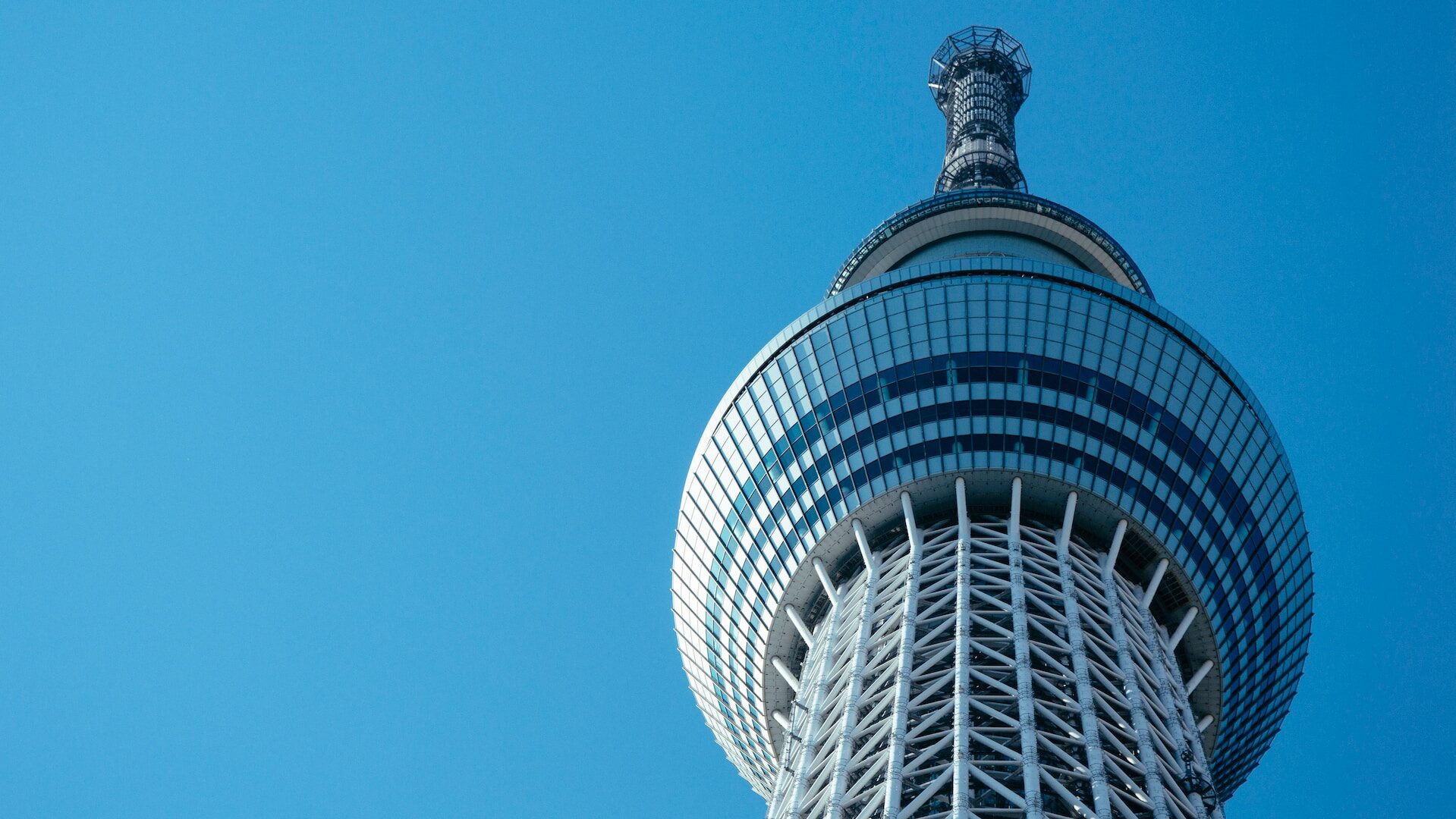Sprint Sanyo vs. DoCoMo Panasonic: Another Disappointed Returnee
WWJ sr. contributing editor Michael Thuresson, recently returned to Los Angeles to join the LA Business Journal editorial staff, sent in a user-level review of his new Sanyo handset that he uses on the Sprint network: The faceplate looks almost exactly like my old i-appli Panasonic DoCoMo model, but the thing is three times as thick and it is much heavier. This makes it hard to tuck the phone in my front shirt pocket – the left side of my shirt is tugged down by the weight. Based on my experience of trying to download ring tones, I have to say Sprint’s user interface is disappointing.

